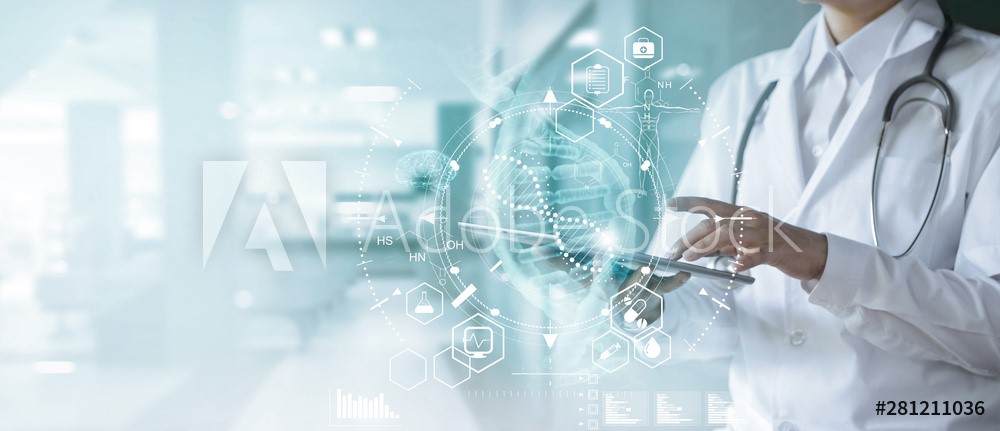Medical Devices

Medical Device manufacturers have much to gain by identifying and reducing design, process and usage risk before building a quality deficient product. Based on a 2017 McKinsey study, the estimated Direct Cost of Poor Qualityin the Medical Device industry in 2016 was between $18 billion and $22 billion. Included in the Direct Cost of Poor Qualitywere the labor cost of remediation, routine internal quality failures, external quality failures and non-routine external failures. According to the study, in 2016 between 11.6% and 16.3% of every sales dollar in the Medical Device industry was spent on the Direct Cost of Poor Quality.
Harpco® Systems helps Medical Device companies reduce the Direct Cost of Poor Quality and time to market for new Medical Devices by systematically identifying and reducing the following five core sources of Medical Device risk:
- improper definition of User Needs
- improper definition of Design Inputs required to meet User Needs
- improper definition of Design Outputs required to meet the Design Inputs
- improper manufacture of the Medical Device
- improper assembly, use and disposal of the Medical Device
Harpco® Systems Risk Based Medical Device Lifecycle Management
The Medical Device Industry is one of the most regulated industries in the world. The required steps and volume of paperwork required to obtain medical device approval is second to no other industry. The question that must be asked is if all this work is being done why is the Direct Cost of Poor Quality so high? The Quality Management Systems (QMS) used by Medical Device companies are driven by the ISO 13485 and ISO 14971 standards. Although strong in many areas, these two ISO standards do not define everything that is required to effectively manage medical device risk. It is possible for a company to create a fully compliant ISO 13485 and ISO 14971 QMS system that is incapable of defining the root causes of the five sources of Medical Device risk that is critical for proper risk management and Direct Cost of Poor Quality reduction.
Other industries used to make many of the same mistakes currently being made in the Medical Device industry but have improved significantly. It is difficult to understand why the Medical Device industry product development methodologies have not kept pace given the complexity of products being developed by the industry. Part of the reason may be that some members of the industry believe that the industry is in some way special or different. It is not uncommon to see Medical Device Industry product development software providers advertise that their software is “created by people from the Medical Device Industry especially for the Medical Device Industry”.
After working in many different industries for 33 years including the Medical Device Industry, Harpco® Systems has learned there are many more similarities than differences between the Medical Device Industry and other industries when it comes to effective risk management. All industries face the same five core types of risk that must be managed. No matter what the industry, the most effective way of managing the five core types of risk is identifying and reducing if not removing the root cause.
Harpco® Systems has created Risk Based Medical Device Lifecycle Management™ (aka Risk Based MDLM™) to effectively manage the five core sources of risk facing all medical device providers while meeting the documentation requirements required for device approval. Risk Based MDLM™ uses a wide variety of dynamically integrated tools including Requirements Risk Assessment® (RRA®), Design FMEA, Application FMEA, Process FMEA, Design Validation Plan, Design Verification Plan and Process Control Plan.
Risk Based MDLM™ also provides the necessary tools to support the medical device through its entire lifecycle. Risked Based MLDM™ helps companies perform critical actions such as Design change control and CAPA 300% to 500% faster than conventional Medical Device Product Development software programs. Risk Based MDLM™ also forms the backbone of a medical device product development system that is both ISO 13485:2016 and ISO 14971:2019 compliant. For more information about Risked Based MDLM™ go to “What is Risk Based MDLM™”.
